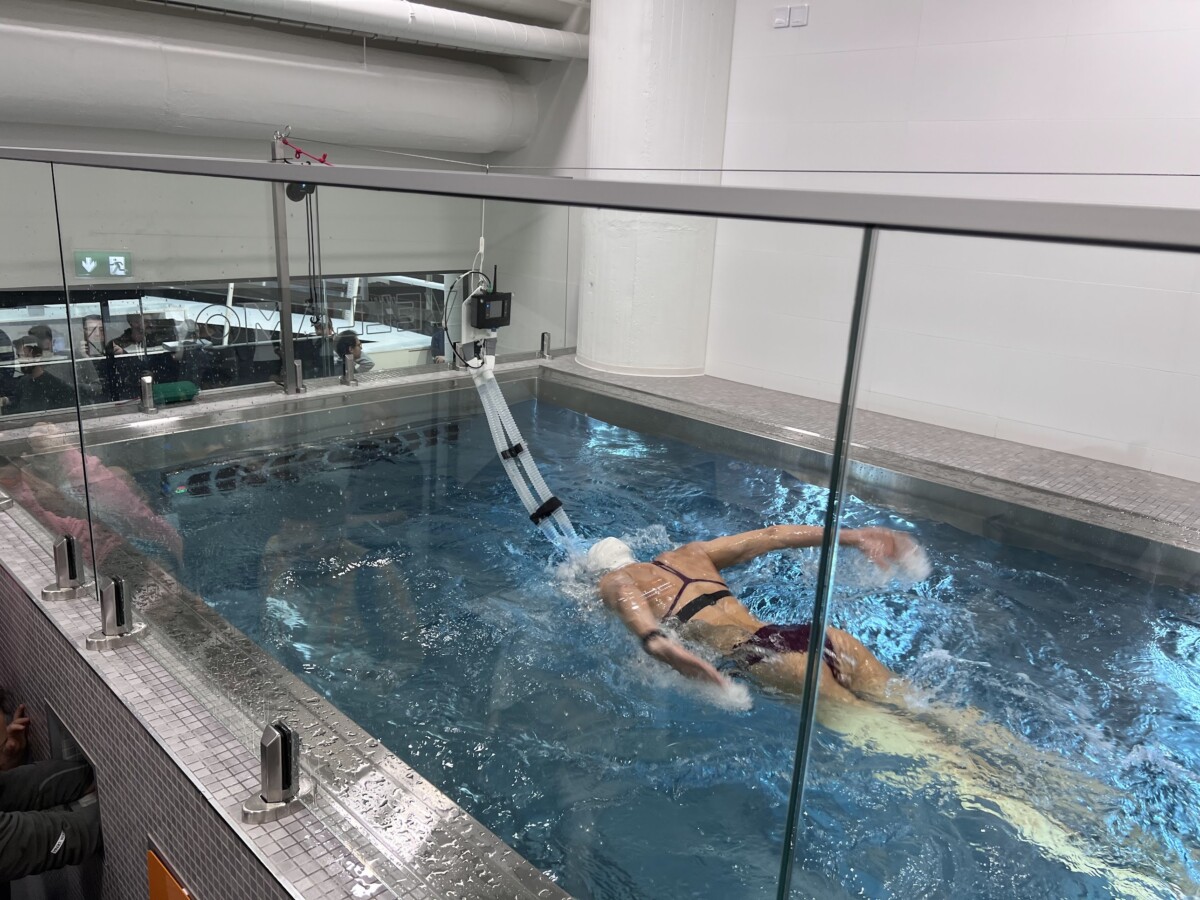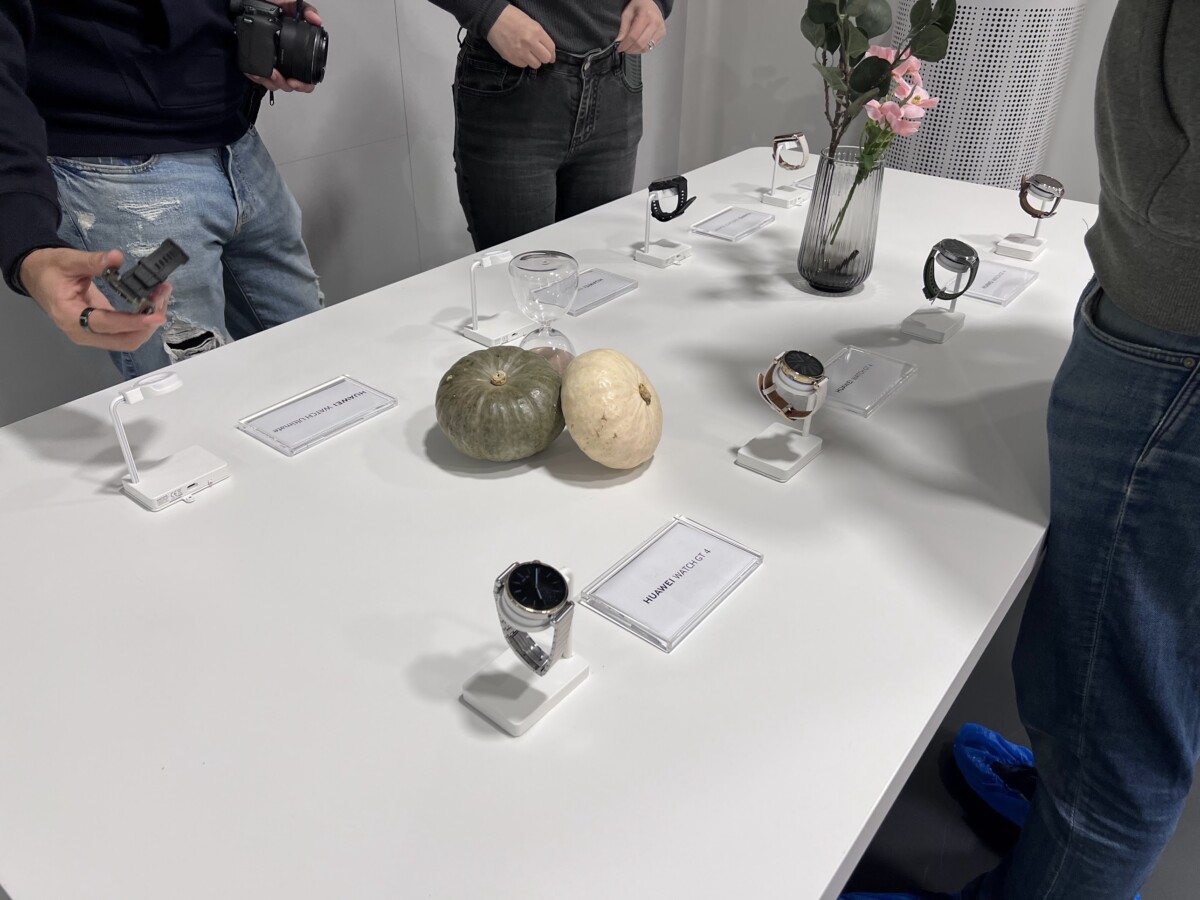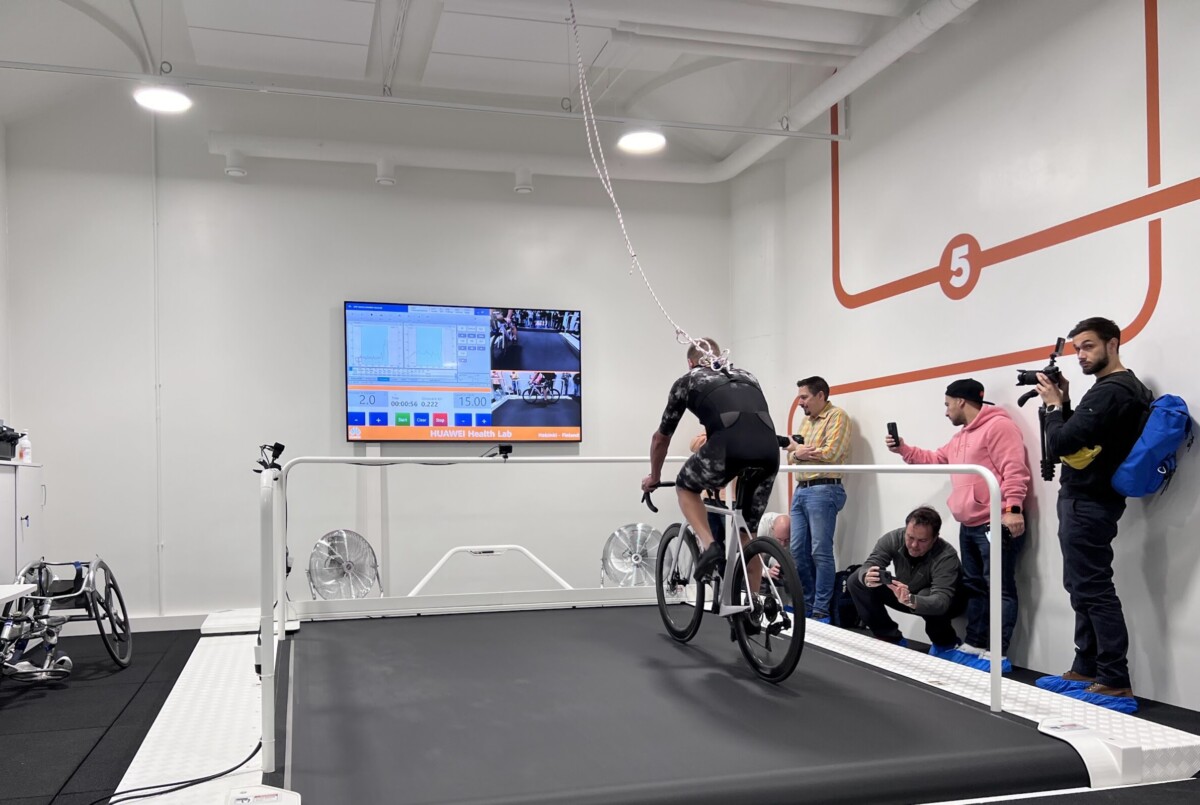We were able to explore Huawei’s third and final health research center in Finland. On the program: tour of the equipment, demonstration by Finnish athletes… and above all our questions on the objectives of such a center.
At the end of October 2023, Huawei inaugurated its third health laboratory in Helsinki. The first two are located in China, which therefore makes it the first in Europe, and even the first in the West.
This space focuses on connected health and more specifically wearable technologies – understand connected watches and bracelets. The idea is to work on the algorithms of these products to improve the monitoring of health and sports activities. This is why the brand was proud to show us the different equipment used to test their equipment and advance in the field of wearables.
If the visit was carried out fairly quickly, I was able to ask a few questions to the engineers on site, then by correspondence, in order to better understand Huawei’s objectives.
From cutting-edge equipment to consumer watches
This laboratory is actually the expansion of two previous small laboratories. In addition to having expanded, it has especially acquired cutting-edge equipment. Here are the machines that we were able to discover on site:
- a large multi-sport treadmill: running chair, bicycle and cross-country skiing;
- a treadmill with a force plate;
- a ski simulator;
- a counter-current swimming pool;
- an open gym space, less impressive you will agree.

The former researcher responsible for the laboratory’s sports and health team, Petri Wiklund, explains to us that all these tools “enable detailed biomechanical and physiological analysis in a variety of sports“. “In the service of technological progress“, “industrial incubator“, “encourage emerging technologies and methodologies in the field of sport and health»: so many elements of language used to describe the Huawei laboratory in Helsinki. But in reality, what is it for?
Petri Wiklund points out that one of the main initiatives focuses on development of standardized testing protocols for sports and health algorithms. He adds that these protocols currently focus on the precise measurement of the number of steps, energy expenditure and oxygen absorption. These metrics seem basic, but we were also able to discuss the Huawei Watch D, this watch capable of measuring blood pressure. We present it to you in this article.
We were also able to discover some other more in-depth metrics on the Huawei presentations at the Helsinki laboratory: blood pressure without cuff, ambulatory blood pressure, but also nocturnal. Interestingly, we noticed the presence of a Withings blood pressure monitor, used by the Huawei team to explain the miniaturization of the Watch D.
Other presentations mention sleep breathing awareness, respiratory monitoring and other arrhythmia screening.

It is therefore a question of developing algorithms, collecting and analyzing data to improve wearables. We wondered if the laboratory was involved in the first stages of product development. Without going into more detail than that, the researcher tells us that the laboratory is involved in the entire product development cycle: “first ideas, data collection, modeling, algorithm development, testing and validation“.
We note, however, the absence of a laboratory proper in the premises, at least the parts that were shown to us. We then question our interlocutor about the role of the center in the integration of an essential element for any connected watch: the optical sensor. In other words, does the Huawei Helsinki laboratory test the new sensors before their addition in the next watch models?

We learn that no, the laboratory teams are not involved in the first tests of new sensors, but that they play a role important role once the new sensors are integrated. Their objective is simple: test the devices to judge the precision of the sensors and feed their algorithms with the recovered data. The results are logically shared at headquarters, which refines the product before launching it on the market.
Olympic level athletes
Some of you are probably wondering how watches are tested?
Huawei works, among others, with Olympic-level Finnish athletes. This is the wow effect of our discovery of the laboratory: a demonstration of running, cycling, racing chair, cross-country skiing and skiing.

If we regret the maximum speed of only 25 km/h reached by the triathlete on the wide treadmill, we remember the presence of a mask to measure oxygen consumption.
We learn, unsurprisingly, that these sports were chosen for their popularity in the West and the East: “Running and cycling have been universally popular for some time, making them prime topics for our research and analysis, given their global appeal and applicability“. Swimming is part of the package following “the growing interest in triathlon“.

Source: Maxime Grosjean for Frandroid

Source: Maxime Grosjean for Frandroid
The demonstrations with the athletes asked us about the possible applications of the results: is it not more relevant to carry out trials on amateurs, or even sedentary people? In fact, Huawei tells us: “collect a wide range of data» on users of all levels to ensure that the products are effective for everyone.
I tried to take advantage of the moment and the equipment to determine my VO2 max, but the researchers unsurprisingly declined my request, due to lack of time.
Partnerships with European universities
Huawei did not choose Finland only for its athletes, but also for the presence of renowned universities, with which the Chinese brand collaborates today.
The objectives cited are simple: strengthen Huawei’s credibility in this area and advance the industry as a whole.
Huawei tells us, for example, that it is working on establishing standardized testing protocols (for wearable technologies in the field of sport and health) with a consortium of six major European universities. The brand even redirects us to four scientific publications already published. Note also the mention of “fondamental research» in the details provided by Huawei.

Source: Maxime Grosjean for Frandroid

Source: Maxime Grosjean for Frandroid
Also, let’s avoid what is left unsaid: Huawei’s establishment in Europe and on the market for connected watches and bracelets is not surprising. The strategy indeed seems intelligent when we know the setbacks of the brand in the West, hit by the American and then European embargo and the consequences that result from it. The Chinese giant wants to continue to flex its muscles in Europe in another, rapidly expanding market: that of sport and health.
The results seem to be paying off according to the ratings given by Frandroid to Huawei connected watches. The excellent precision of optical sensors is often highlighted. So, R&D ends up paying off…
Did you know ? Google News lets you choose your media. Don’t miss Frandroid and Numerama.
